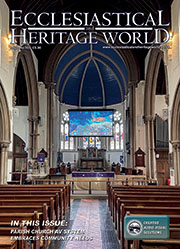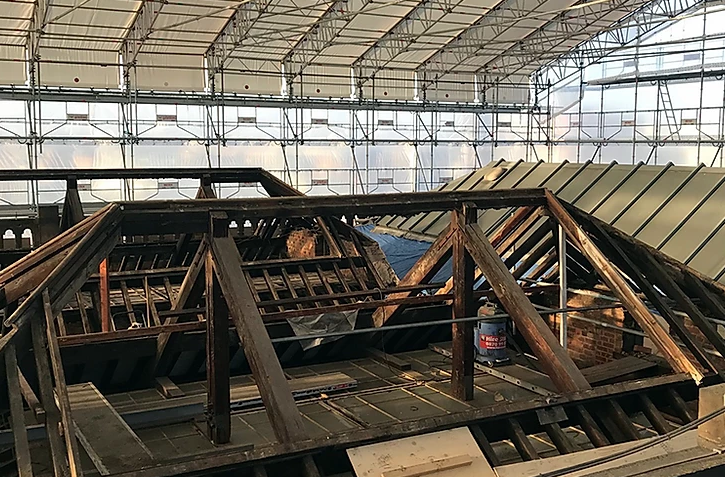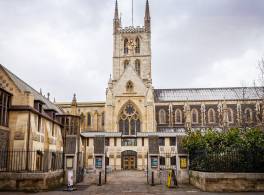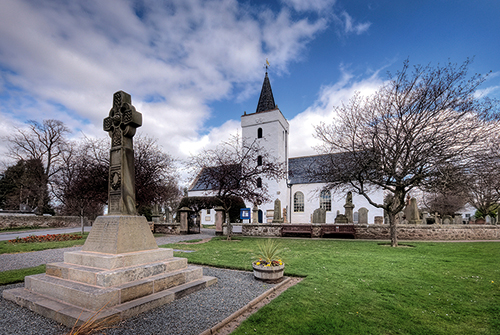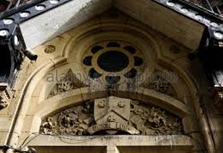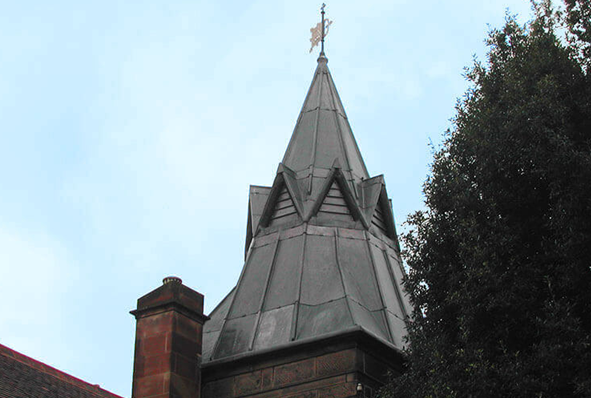Heritage Roofing
Heritage roofing - maintaining our iconic buildings
The UK is home to some of the most iconic buildings in the world, from stunning churches and cathedrals to historic stately homes. Each and every one of these remarkable feats of architecture requires regular maintenance to ensure they remain in the very best condition, allowing them to be enjoyed for generations.
Cathedral Care
Restoration and upkeep of cathedrals
There are some 42 Anglican cathedrals in the UK, not to mention 20 or so Catholic cathedrals. Cathedrals form the most important collection of historic buildings in England. The largest and most ancient are internationally famous, the smallest are usually among the most significant buildings in their region and even the most recent are architectural masterpieces.
Master Craftsmen
Championing our heritage with modern craftsmanship
Twenty years ago, English Heritage (now Historic England) published its first-ever Register of Buildings at Risk across England, which featured nearly 2,000 buildings and monuments that were ‘neglected, broken and unloved’. Recently Historic England was delighted to announce that over two-thirds of those buildings were now safe, in both urban and rural areas right across the country.
Traditional Lime
Lime: it’s better for buildings – and for the environment
It is now fairly well known that cement is not good for old buildings and that lime mortar should be used. But why? What are the advantages and what are the disadvantages? In order to begin to answer those questions it is necessary to understand the nature of traditional building, the process by which buildings used to be built, and how it differs from modern construction, the process by which we build today.
Audio Visual
Audio visual equipment in church buildings
This guidance is issued by the Church Buildings Council under section 55(1)(d) of the Dioceses, Mission and Pastoral Measure 2007. As it is statutory guidance, it must be considered with great care. The standards of good practice set out in the guidance should not be departed from unless the departure is justified by reasons that are spelled out clearly, logically and convincingly.
Read More...
CRE Events
Exhibitors enthuse over the CRE experience
By 4pm on the first day of CRE 24 at the Marshall Arena in Milton Keynes, exhibitors Chris and Kim Dunphy had already had so many helpful and detailed conversations with visitors that they were “completely talked out”.
Insurance
You need to ensure that reasonable precautions are in place at your church to keep it safe for those who use it. To do this, you need to think about what might cause harm to people.
You will then need to decide if the precautions already in place are adequate. If they are not, you may need to identify further action to prevent any danger. When done formally, this is known as a risk assessment.
Church Maintenance
Church maintenance and repair: Calendar of Care
Just as prevention is always better than cure, maintenance is preferable to major repairs. But, such repairs may not always be avoidable. Church Care offers a monthly guide in our coming issues Starting in Spring
We can help you understand the common problems and areas that need your special attention, and give you tips for regular maintenance schemes.
Pest Control
Michael Palin warns of pest threat to churches
Michael Palin is supporting the future of the UK’s historic churches and chapels with a voiceover for a new animated film. The 80 second animation, produced for the National Churches Trust, highlights why churches are some of the nation’s best loved buildings.
Town Halls
The history of the great Victorian Town Halls of Northern England
From industrial squalor to civic pride, the story behind some of the most impressive buildings of the North involve a unique mix of economics, grand designs and noble sentiments within communities.
Lead Roofing
Lead is one of the oldest materials in the roofing industry and is still commonly used throughout the world today.
Lead roofing is a traditional roofing method which has been used in the industry for hundreds of years, and is therefore proven to be extremely reliable. Lead roofing, and sand-cast lead, in particular is ideal for old buildings such as churches or historical renovations, whereas milled lead roofing is a mass-produced alternative, used for precision and accuracy in homes and commercial buildings alike.
Lightning Protection
When lightning strikes are you protected against this act of God?
The issue of lightning protection in churches is one that has exercised this publication for many years. In this four-part series of spotlights on the issue we will be revisiting various aspects of the subject, beginning with an overview of current thinking.
SEARCH OUR DIRECTORY
Energy Efficiency and Retrofit in Historic Buildings
Historic England has produced a new Advice Note to provide clarity and support consistent decision-making for proposals to reduce carbon emissions and improve the energy efficiency of historic buildings whilst conserving their significance and ensuring they remain viable places to live in the future.
The links below lead to technical advice and guidance on climate change mitigation and adaptation for resilience, including energy efficiency, retrofit and Net Zero.

Traditional Buildings
Understanding how buildings of traditional construction perform is essential to minimise risks when proposing energy efficiency measures
Whole Building Approach
A holistic process for devising and implementing suitable, well-integrated solutions for increasing energy efficiency in traditional buildings.
Improving Energy Efficiency
Advice on how to improve energy efficiency through mitigation measures.
Improving Climate Resilience
How you can make climate change adaptations to historic buildings.
Modifying Windows and Doors
How to improve the energy efficiency of windows and doors without damaging their historic significance
Installing Insulation
Advice on improving energy efficiency through insulation in historic buildings.
Installing Heat Pumps and Heating System
Advice on installing air, ground and water source heat pumps in historic buildings.
Installing Solar Panels
Guidance on designing and installing solar power systems.
Low and Zero Carbon Technologies
Reaching net zero requires reduction of emissions across the whole of the country including historic properties.
Maintenance and Repair
Good maintenance and repair of historic buildings is fundamental to their preservation and performance.
Rainwater Goods
Functioning rainwater systems are essential to keep a building in good condition and prevent deterioration caused by water penetration.
Flooding Advice
How to inspect, conserve and repair historic buildings after flooding, as well as ways to prevent flood damage in the first place.
Click here to find out more.
Installing a clay tile roof: a step-by-step guide by Dude & Arnette
Clay tile roofs are a popular choice due to their durability, aesthetic appeal, and ability to withstand all sorts of weather conditions. If you’re considering going full steam ahead on the DIY and installing a clay tile roof yourself on your home, it’s important to understand the process involved so as to best avoid any casualties! In this step-by-step guide, we will outline the process of installing a clay tile roof to help make things as smooth as possible, or decide that you might need to call in a professional!
Click here to read the full story.

Becket's Chapel - an abridged account of the last two years in its long history...
Becket's Chapel, a Grade I listed building in Wymondham, Norfolk, stands out as one of eight national climate adaptation case studies backed by Historic England. The project has also been selected as a 2025 Regional Finalist in the Civic Trust Awards in the AABC Conservation category. Winners will be announced in early January.
Patricia Forero, AABC-accredited architect and director of The Architect Studio in Cambridgeshire, takes up the story.
Click here to read the full story.
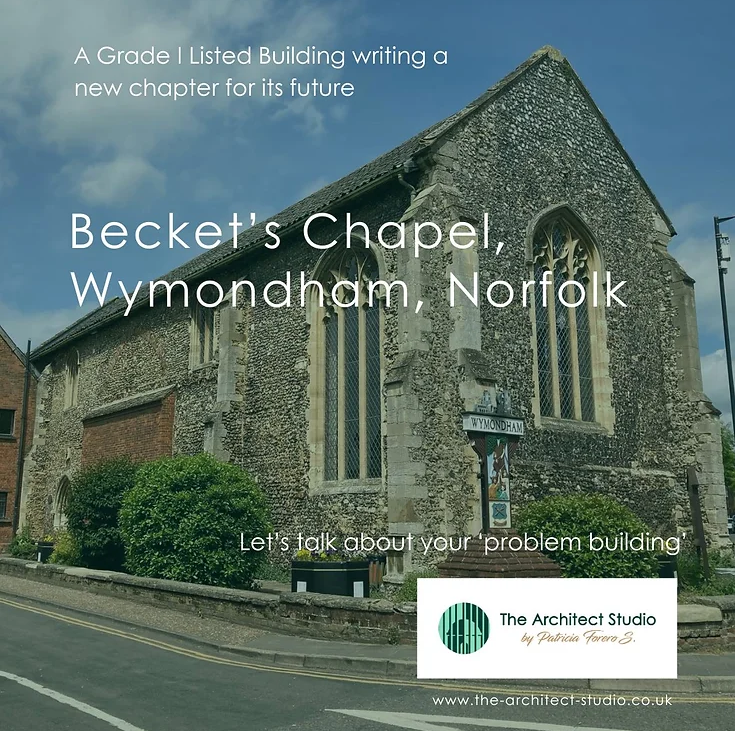
Energy: Economic, Environmental & Efficiency Improvements
There are some relatively easy steps which will cut your church's use of electricity and gas/oil, and your utility bills.
Download the guidance for advice about adjustments to your radiators, heating system and lighting as well as 'soft' changes such as cushions and draught-proofing.
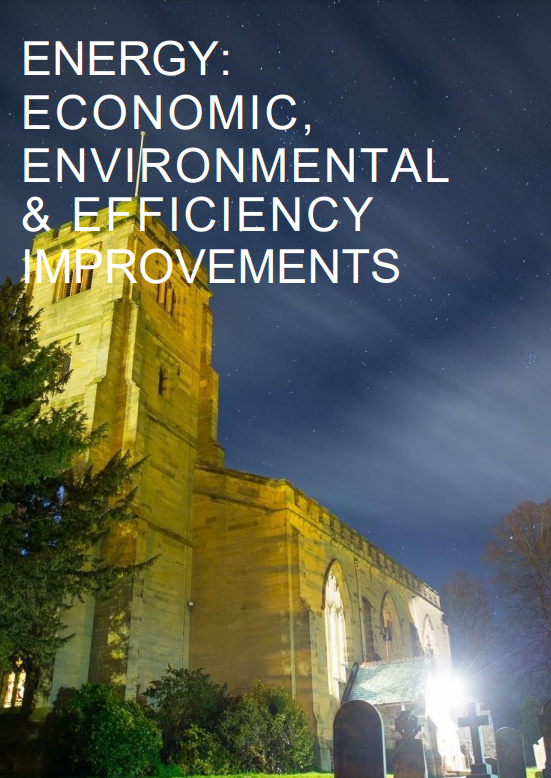
How urban mining can help reach net-zero goals
When considering the heritage buildings of the future, the carbon footprint not only of the buildings in operation, but also the process of construction and the building’s life span – from design, through construction to demolition. An innovative, circular approach is emerging that has the potential to reduce the environmental impact of construction significantly: urban mining. Here, traditional brickmakers Michelmersh explain the process and its advantages.
Click here to read the full story.
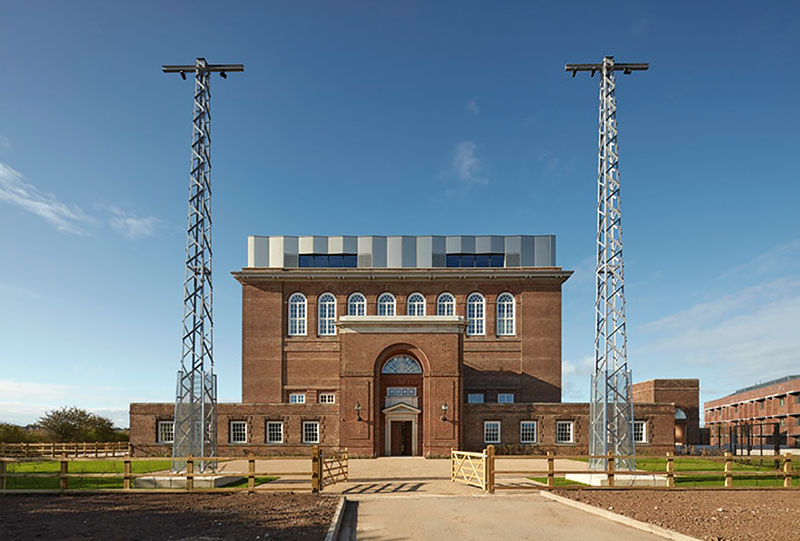
Luceco lights up Luttrellstown Castle
Luttrellstown Castle Resort near Dublin is a luxurious venue for elegant hospitality and entertainment, combining the original 15th century castle, 567 acres of parkland, and a championship golf course with an alpine lodge-style clubhouse. It is the perfect location not only for golf, but also for weddings, garden parties, business meetings and conferences.
Click here to read the full story.
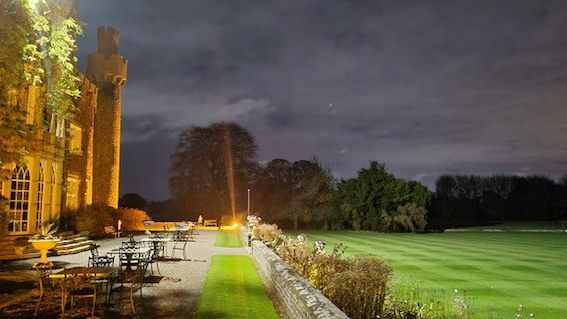
Specialist glazing units help period buildings stay ahead of the curve
Curved-in-plan glazing units have been around for some time, but over recent years there has been a significant surge in their popularity. The curved shape matches both contemporary and heritage aesthetics, creating a sense of flow and continuity. Internally, they help to enhance a feeling of light and spaciousness.
Click here to read the full story.
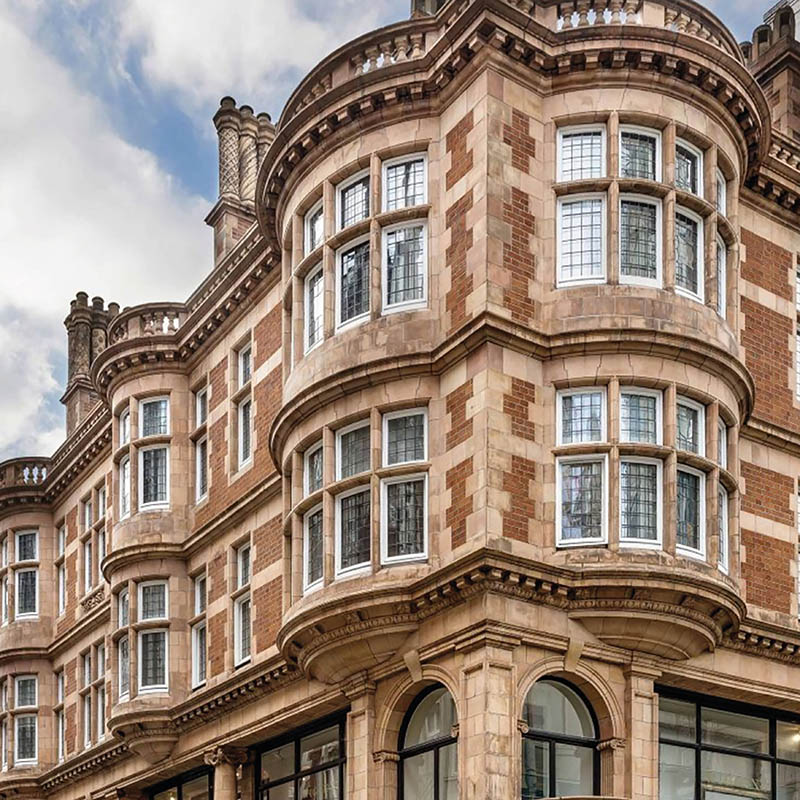
Radiator heating project completed at St Mary’s Church in Walkern
The ChurchEcoMiser team completed a 22 radiator church heating installation project at St Mary’s Church in Walkern. In August of 2021 the ChurchEcoMiser team started work at St Mary’s church in Walkern. The original heating system was installed towards the end of the 19th century and needed updating.
Click here to read the full story.
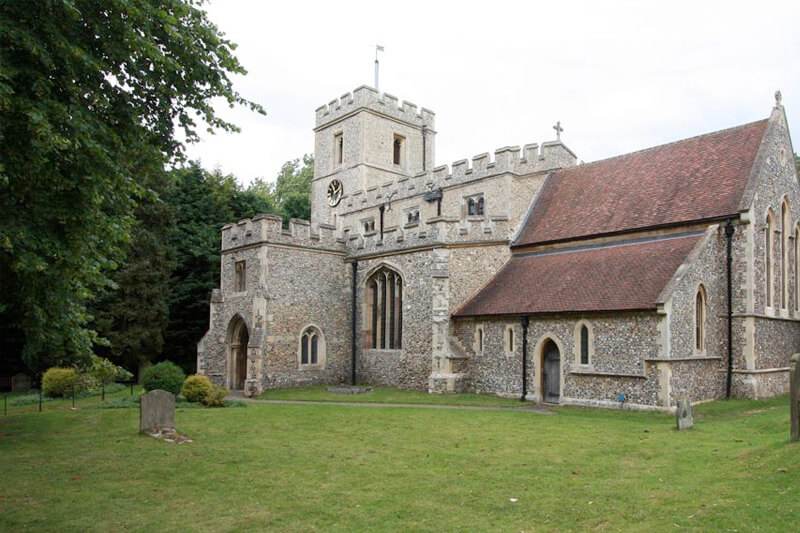
Heating installation completed at St James Church, Midhopestones
The ChurchEcoMiser team completed a church heating installation project at St James Church in Midhopestones.
The church had a low pressure coal fired heating system installed in the refurbishment of 1892 which fell into disrepair in the 1980’s. For the last 40 years, the church had been heated with an industrial warm air unit sited in a room adjoining the east end of the church but this reached the end of its natural life.
Click here to read the full story.
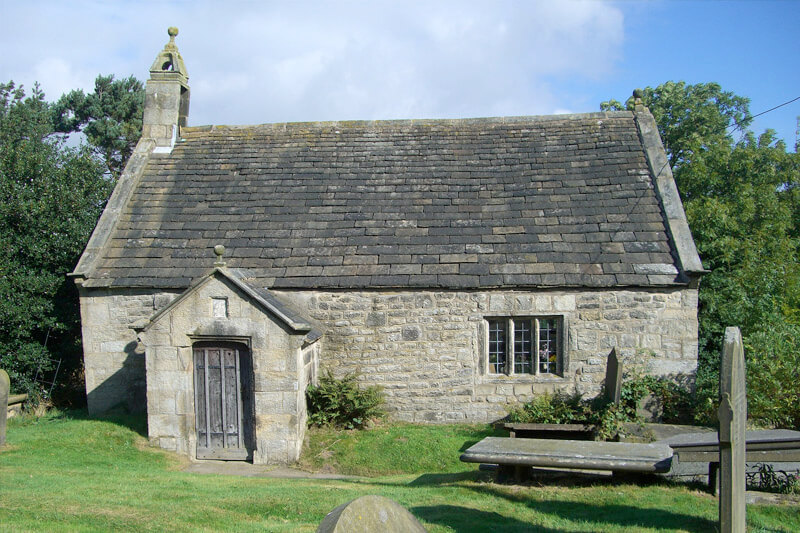
Parishioners at St Matthew’s are seeing things in a new light!
CLS Electrical Services Ltd – also known as Church Lighting Systems – were given the task of updating the existing lighting system in St Matthew’s Church in Worthing, which mostly consisted of tungsten halogen floodlights providing the main illumination throughout the church. Not very energy efficient!
Click here to read the full story.
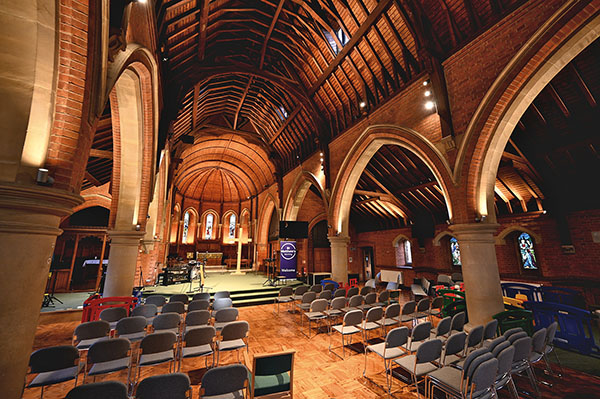
Integration of ancient and modern is the aspiration
Low carbon consultancy MTA is a practice that specialises in the sympathetic conservation of culturally significant buildings during the integration of modern services.
With over 20 years of experience, the team at MTA have a comprehensive understanding of the complex rivalry between historical architecture and modern comfort. With an aspiration to ‘repair rather than replace’ they aim to preserve the historic fabric of these important structures.
Click here to read the full story.
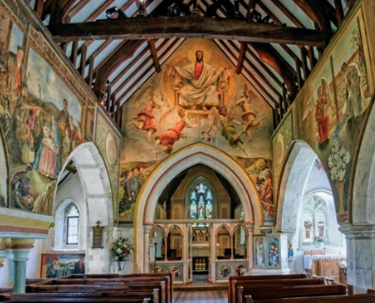
Michelmersh to produce the world’s first 100% hydrogen fired clay bricks
Michelmersh has announced its successful bid to the Department for Business, Energy & Industrial Strategy (BEIS) UK Government, Industrial Fuel Switching competition to conduct a feasibility study to replace natural gas with hydrogen in the brick making process. The programme is part of the £1 billion Net Zero Innovation Portfolio (NZIP) which aims to provide funding for low-carbon technologies to decreasing the costs of decarbonisation.
Click here to read the full story.

Leading brick maker reiterates its sustainability goals
Clay brick specialists the Michelmersh Group has released its 2021 Sustainability Report. The report offers an insightful and detailed account of Michelmersh’s established sustainable practices and its plans for achieving net zero carbon emissions by 2050.
Click here to read the full story.

Shedding some light on the new Part L Building Regulations
A major part of the UK’s commitment to meeting its targets for carbon reduction is being driven by a tightening of the Building Regulations surrounding energy efficiency standards for homes. Here, Stella Rooflight Director, Paul Trace, addresses the new rules for rooflights and thermal performance including why they are needed.
Click here to read the full story.
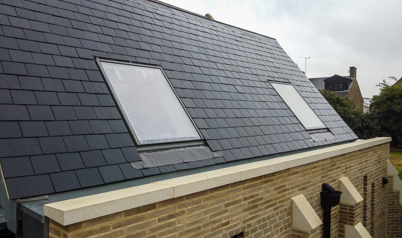
Creating light beautifully with Clement Conservation Rooflights – the best for energy efficiency and more
Whether you are looking to renovate a period property, update your home or office, or transform a new space, creating the right amount of interior light is always a major consideration and a rooflight can often be crucial in enabling daylight to flood into a lower level room, an attic or even a peculiarly shaped corner.
Click here to read the full story
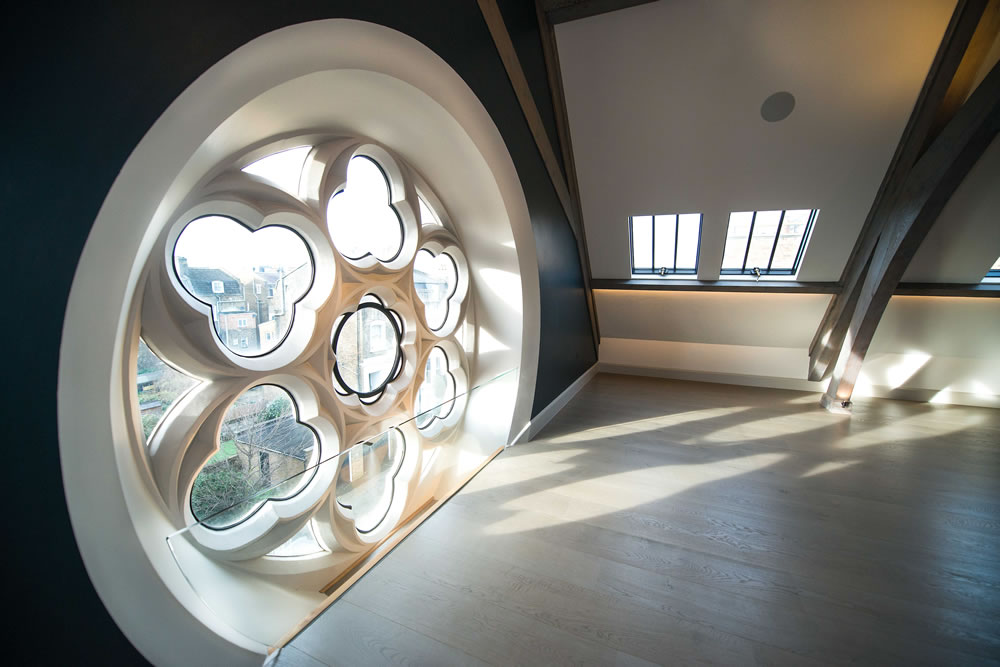
A fabulous new space created for this much loved theatre
The Progressive Players were founded in 1920. In 1939, founding members Ruth, Sylvia and Hope Dodds generously provided the money to purchase a vacant site facing Saltwell Park, together with adjoining No.3 Saltwell View, and build the Players’ own theatre.
Click here to read the full story
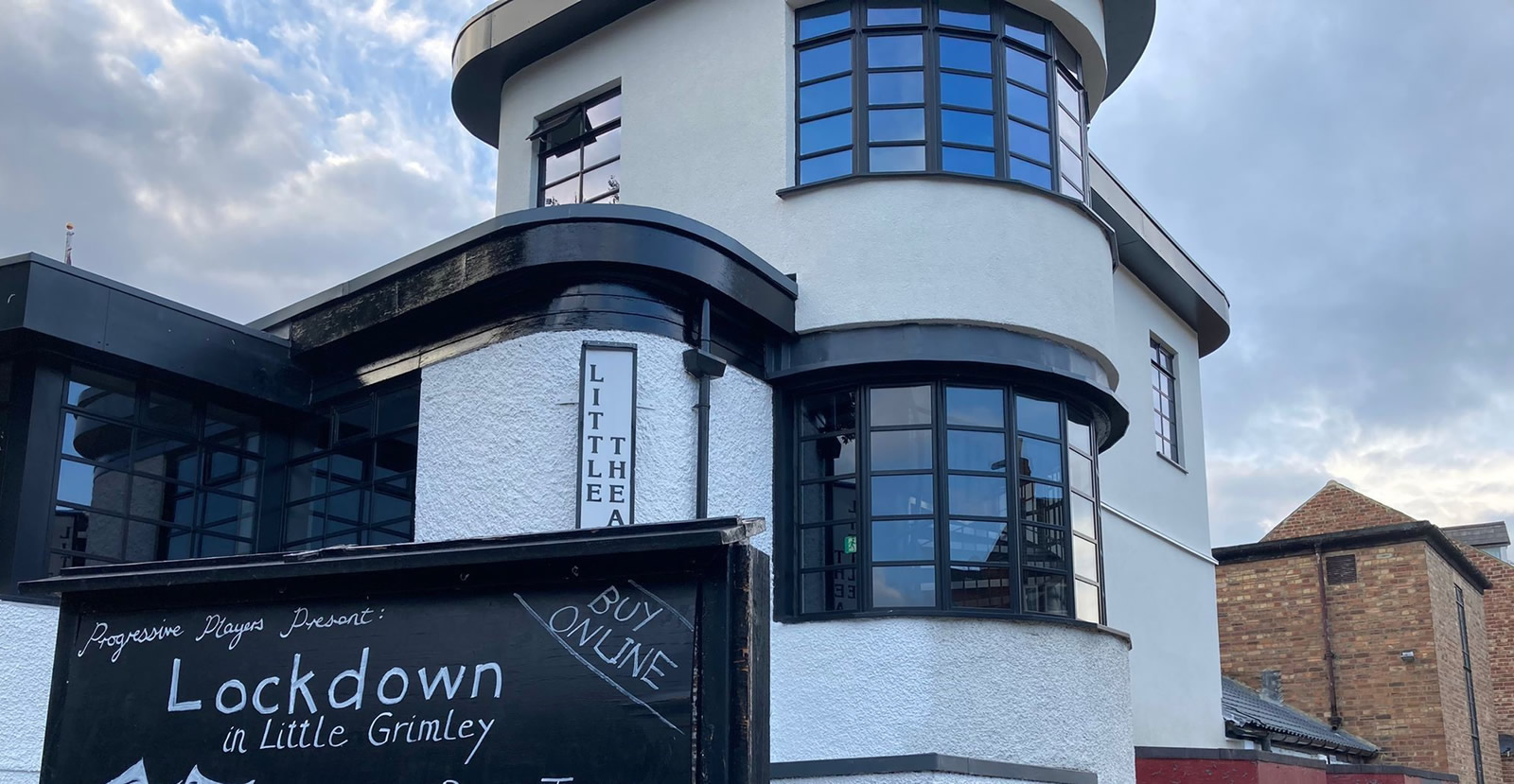
York Handmade's "excellent year" helps to tackle the challenges of Coronavirus
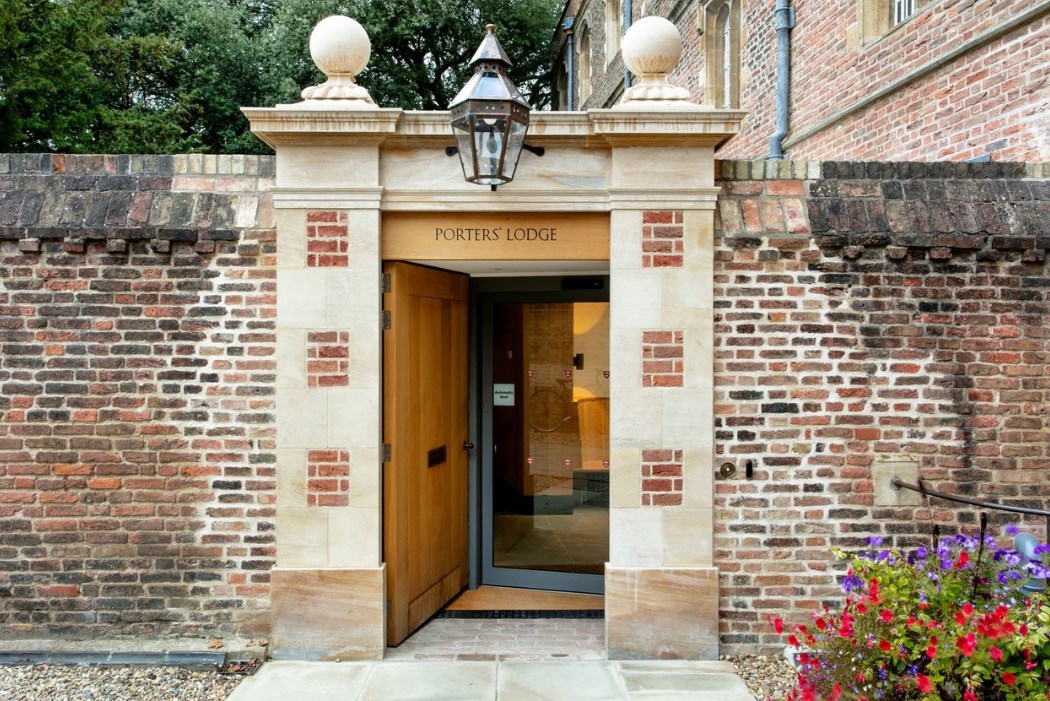 The award-winning York Handmade Brick Company has enjoyed the most successful 12 months in its 30-year history.
The award-winning York Handmade Brick Company has enjoyed the most successful 12 months in its 30-year history.
Based at Alne, near Easingwold, York Handmade is the leading independent brickmaker in the north of England.
Chairman David Armitage, commented: “The last 12 months have proved to be excellent for us, despite all the political uncertainty surrounding Brexit. We have flourished, with some prestigious commissions in London, Cambridge and, of course, Yorkshire.
USL Roofing Images
Castle Acre Priory - Pantiles
Beautiful pan-tiled roofing project at Castle Acre Priory, a preserved monastic site managed by English Heritage. USL carried out conservation, structural repairs, leadwork, rainwater goods and roofing renewal.
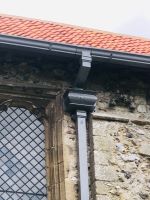
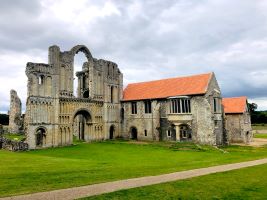
Chigwell School Rooing Project - Handmade Clay Roof Tiles
Over 850m² of handmade clay roofing tiles, all stripped and replaced by USL’s team of specialist roofers at Chigwell School. A Grade II Listed building.
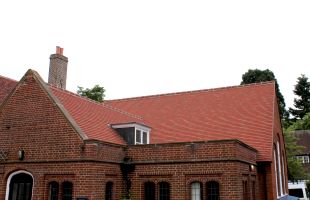
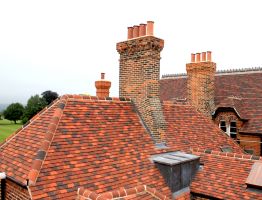
Christ Church Kensington - Slate
Cwt-y-Bugail Welsh Slate fitted on Christ Church Kensington by USL team. Project included re-roofing, leadwork, and rainwater goods. Stunning dark blue-grey texture.
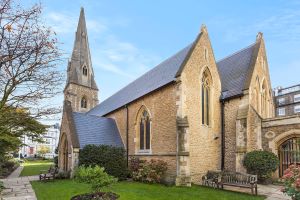
St Mary the Less - Leadwork Roof
Fine example of leadwork and roofing project from USL at St Mary the Less in Thetford, Norfolk. This Grade II* church received extensive tower repairs including new roof covering, leadwork, and rainwater goods.
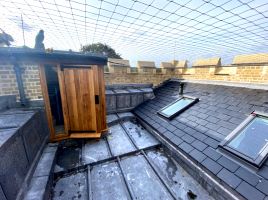
St Leonard Flamstead - Copper
Copper roofing at St Leonard’s Church in Flamstead. Extensive heritage roofing and conservation programme.
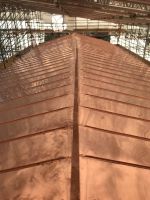
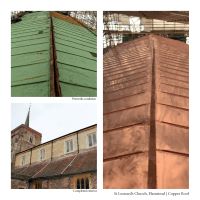
Building dehydration system at Legerwood Kirk, Berwickshire
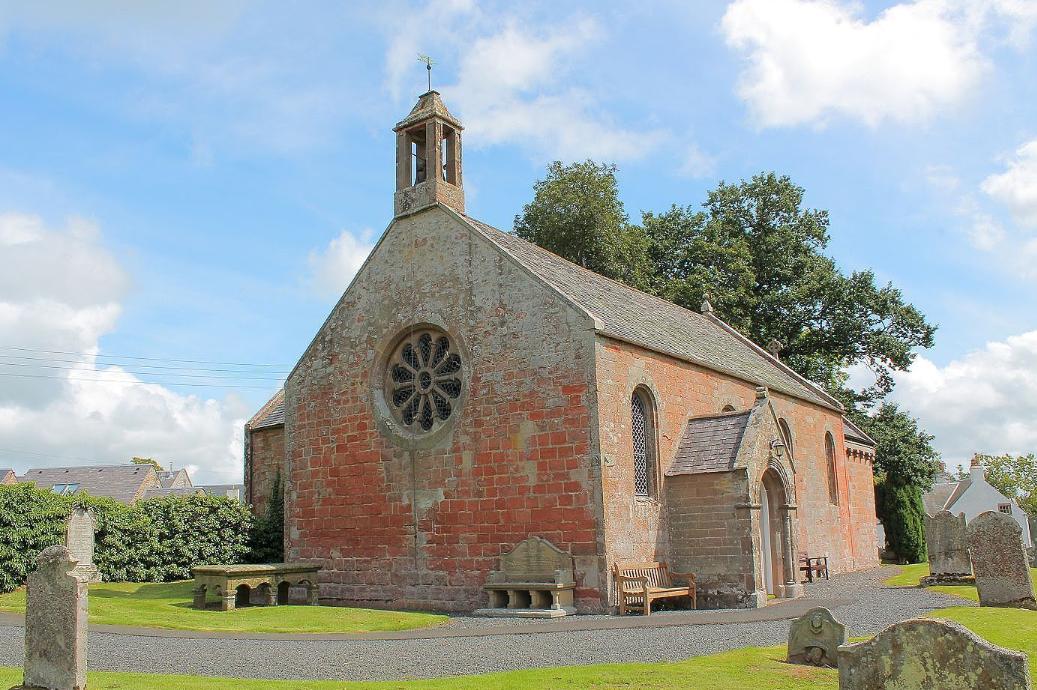 Legerwood Kirk is an ancient and historic Church of Scotland church in the former county of Berwickshire, Scotland, dating back to year 1127. It is situated half a mile east of the hamlet of Legerwood and 6.5 miles (10.5 km) south east of Lauder in the Scottish Borders.
Legerwood Kirk is an ancient and historic Church of Scotland church in the former county of Berwickshire, Scotland, dating back to year 1127. It is situated half a mile east of the hamlet of Legerwood and 6.5 miles (10.5 km) south east of Lauder in the Scottish Borders.
The building has been suffering from dampness issues for a number of years. Being a Grade A listed building, invasive dehydration technologies were not an option. Upon a detailed inspection of the building several sources of moisture has been identified, including rising damp, condensation and sideways penetrating damp.
Do you really need a new sound system?

Our first contact from the team at Blyth Central Methodist Church was a phone call that we’ve had many times before explained Paul Dougherty of Blaydon Communications Ltd 'Our sound system isn’t working, it’s all crackly and we just need a new one'.
"In some circumstances, this could be true", said Paul, "audio equipment does degrade, and eventually, it will need to be replaced, but sometimes things just need a good overhaul and a bit of a spruce up. Our first recommended action was to have us attend the church and assess what equipment had been installed. This also allows us to get talking to the people that use the system to find out the real problems first-hand.
Durham Cathedral roof restorations
 Founded as a monastic cathedral it has a rich and varied history and was built as a place of worship, whilst also being the home of a Benedictine community. Over the past century it has enjoyed a multi-use purpose and is a Christian Church of the Anglican Communion as well as being a shrine to St Cuthbert, the seat of the Bishop of Durham and a place of pilgrimage and spirituality.
Founded as a monastic cathedral it has a rich and varied history and was built as a place of worship, whilst also being the home of a Benedictine community. Over the past century it has enjoyed a multi-use purpose and is a Christian Church of the Anglican Communion as well as being a shrine to St Cuthbert, the seat of the Bishop of Durham and a place of pilgrimage and spirituality.
A much-loved and cherished landmark in the North East of England, it also won the ‘Reader’s Choice of Britain’s Best Building’ in a poll conducted by the Guardian, detailing its importance and recognition amongst the local community and wider public.
A complex and high risk major repair made the more easier by a touch of kindness
 The tower and spire of St Thomas’ Church in St Helier, Jersey stands approximately 196 feet above ground level. The tower is 33.83m (111ft) in height and the spire is 25.9m (85ft) in height. The tower and spire are constructed from Brittany Granite and are of mid Victorian Gothic design. The tower has stepped buttresses and incorporates the main entrance porch of the church with a triple lancet window with a tracery rose. All four elevations have tall lancets to belfry complete with louvres. The corbelled eaves lead to the transition stonework to the spire.
The tower and spire of St Thomas’ Church in St Helier, Jersey stands approximately 196 feet above ground level. The tower is 33.83m (111ft) in height and the spire is 25.9m (85ft) in height. The tower and spire are constructed from Brittany Granite and are of mid Victorian Gothic design. The tower has stepped buttresses and incorporates the main entrance porch of the church with a triple lancet window with a tracery rose. All four elevations have tall lancets to belfry complete with louvres. The corbelled eaves lead to the transition stonework to the spire.
Surmounting the tower is an open worked spire which incorporates two sets of four decorative Gothic type dormer openings complete with decorative finials. Closer to the summit of the spire are eight rectangular openings, one on each broach all on the same level. The spire houses the main cross beam that supports the ornate cast iron cross. There are a series of steel rods, four in total, that are hooked under small decorative openings. The cross beam and rods provide compression to the spire stonework.
Before you start streaming
 In a time of global pandemic, where all church buildings in the UK have been closed during lockdown, we’ve all had to find a new way to do church. Whether via Zoom, through Facebook or YouTube, live streamed, pre-recorded or podcast, churches have been piecing it and sometimes cobbling it together to do things... digitally. DM Music offer some advice.
In a time of global pandemic, where all church buildings in the UK have been closed during lockdown, we’ve all had to find a new way to do church. Whether via Zoom, through Facebook or YouTube, live streamed, pre-recorded or podcast, churches have been piecing it and sometimes cobbling it together to do things... digitally. DM Music offer some advice.
Since the beginning of March 2020, you won’t be surprised to hear, we’ve seen a huge increase in churches asking ‘How do we live-stream our services?’. In fact we produced a DM Quick Expert Guide to answer this question back in April. Asking ‘how?’, as it turns out, is not the only question you’ll need to consider, and it may not be the best place to start.
Live streaming your church service
 If you or your church are thinking about streaming, then before you read on, DM Music recommend you read their Before You Start Streaming Quick Expert Guide. The company believes it is essential to the way you approach the below.
If you or your church are thinking about streaming, then before you read on, DM Music recommend you read their Before You Start Streaming Quick Expert Guide. The company believes it is essential to the way you approach the below.
Since the first National Lockdown, live streaming of some form, has been high on the agenda for most churches. With so many options to choose from – including streaming hardware & software, streaming platforms, cameras and microphones – we felt it was necessary to put together a straightforward guide which should aid you in choosing the right live streaming solution for your church.
Heritage projects benefit from the versatility of new steel windows
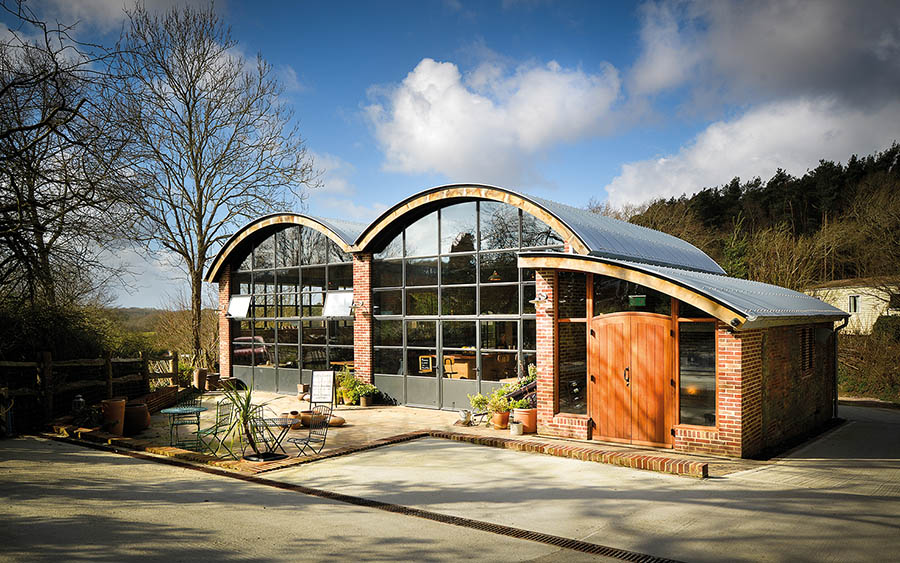 One of the many benefits of steel as a window framing material is its versatility. Steel is very malleable, which means it can be configured into a variety of shapes. It is also stronger than any other framing material and therefore able to support vast expanses of glazing, allowing light to flow into a space.
One of the many benefits of steel as a window framing material is its versatility. Steel is very malleable, which means it can be configured into a variety of shapes. It is also stronger than any other framing material and therefore able to support vast expanses of glazing, allowing light to flow into a space.
For heritage projects that versatility is appreciated by conservation officers, architects and designers, because using steel often means buildings can be brought up-to-date while simultaneously staying true to the original character of the development.
SLPTG Apprentice Awards 2020 – winners revealed!
 The Steeplejack and Lightning Protection Group (SLPTG) recently held its annual Apprentice Awards, which celebrate apprenticeships within the Steeplejack and Lightning Protection industries. This year the awards were held at DoubleTree by Hilton Manchester Piccadilly on Thursday 5 March.
The Steeplejack and Lightning Protection Group (SLPTG) recently held its annual Apprentice Awards, which celebrate apprenticeships within the Steeplejack and Lightning Protection industries. This year the awards were held at DoubleTree by Hilton Manchester Piccadilly on Thursday 5 March.
Churches embracing new technology
 The needs of a church sound system are quite simple in so much as they want intelligible audio to reach all the congregation including those with hearing impairments. Although this requirement has probably been the same for many years there is now a plethora equipment that can be used and this is when the world of sound can become a mine field.
The needs of a church sound system are quite simple in so much as they want intelligible audio to reach all the congregation including those with hearing impairments. Although this requirement has probably been the same for many years there is now a plethora equipment that can be used and this is when the world of sound can become a mine field.
How to protect your listed property and deter thieves
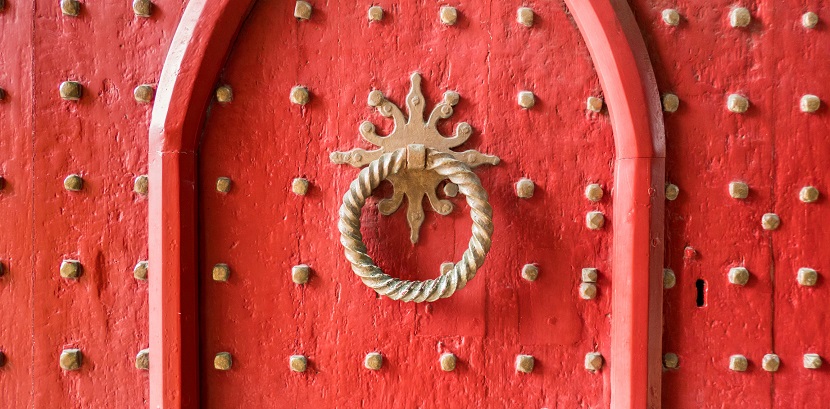 Gaining consent to make alterations can be challenging if the measures proposed permanently alter the fabric of the building. There are many reversible and inconspicuous measures you can take to improve the security of your listed building which balance the needs of home owners and the authorities.
Gaining consent to make alterations can be challenging if the measures proposed permanently alter the fabric of the building. There are many reversible and inconspicuous measures you can take to improve the security of your listed building which balance the needs of home owners and the authorities.
When speaking to your broker about the right insurance for listed buildings, insurers may take into account your security measures.
Devotion to heritage ironwork is recognised by unique award
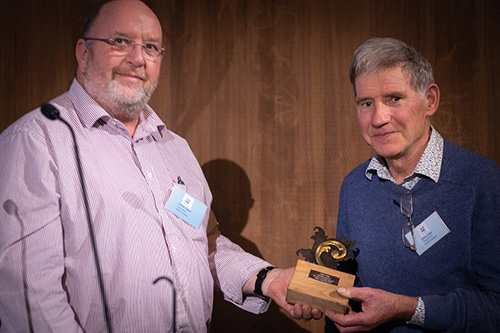 For 35 years Chris Topp – along with his colleagues – has devoted his time to increasing his and others’ expertise in the preservation and restoration of the heritage of ancient iron.
For 35 years Chris Topp – along with his colleagues – has devoted his time to increasing his and others’ expertise in the preservation and restoration of the heritage of ancient iron.
Chris’s interest in traditional blacksmithing skills began in 1967 when he had a summer job in Bolton that was within walking distance of the Atlas Forge. At that time, Atlas Forge manufactured puddled wrought iron, as well as re-rolling wrought-iron axles.
Furniture makes its way across the sea
 This summer saw West Country-based Fullers Finer Furniture complete a number of deliveries across the water in Northern Ireland. The first was to the Salvation Army’s new premises in Larne, County Antrim – just a short distance from the ferry port. The order was placed following introductions at the Christian Resources Exhibition in Manchester. It was for the company’s trademark York lectern, a Holiness Table and, more unusually, three flag stands.
This summer saw West Country-based Fullers Finer Furniture complete a number of deliveries across the water in Northern Ireland. The first was to the Salvation Army’s new premises in Larne, County Antrim – just a short distance from the ferry port. The order was placed following introductions at the Christian Resources Exhibition in Manchester. It was for the company’s trademark York lectern, a Holiness Table and, more unusually, three flag stands.
The furniture was completed in a natural oak finish. The York lectern was fitted with a mic socket and tablet lip, ready to facilitate the latest technology. The lectern bears the Salvation Army crest, hand-crafted in a complementary wood.
St Bart’s goes digital
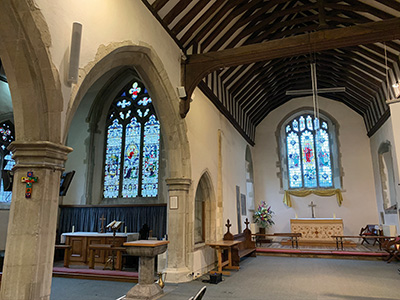 The parish church of St Bartholomew in Horley, a parish covering Horley town and Gatwick Airport, is a Grade One-listed building, mainly of 14th century origin, although a church has been on the site since the middle of the 12th century.
The parish church of St Bartholomew in Horley, a parish covering Horley town and Gatwick Airport, is a Grade One-listed building, mainly of 14th century origin, although a church has been on the site since the middle of the 12th century.
The building was significantly restored in the early 1880s, with the south aisle added in the early 1900s. Its most notable external feature is its narrow wood-shingled bell turret and spire. More recently, in 1991, two upper rooms were added next to the bell tower which are used for Sunday children’s work, prayer groups and meetings.
Secondary glazing provides divine solution for church windows
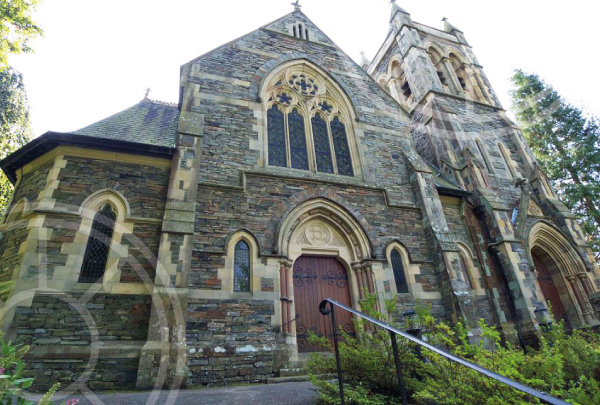 Feature windows have played a crucial role in church architecture throughout the ages, with shapes and styles changing to fit the trends of the times. Works of art in themselves, they contribute to a church’s majesty, and the ambience they create adds an extra dimension to the experience of worship within.
Feature windows have played a crucial role in church architecture throughout the ages, with shapes and styles changing to fit the trends of the times. Works of art in themselves, they contribute to a church’s majesty, and the ambience they create adds an extra dimension to the experience of worship within.
These often centuries-old features hold us in awe, and the fact that they still stand intact is incredible in itself. Time does take its toll, however, and churches have to find ways of protecting and preserving their windows. Secondary glazing can play an important role in this.










